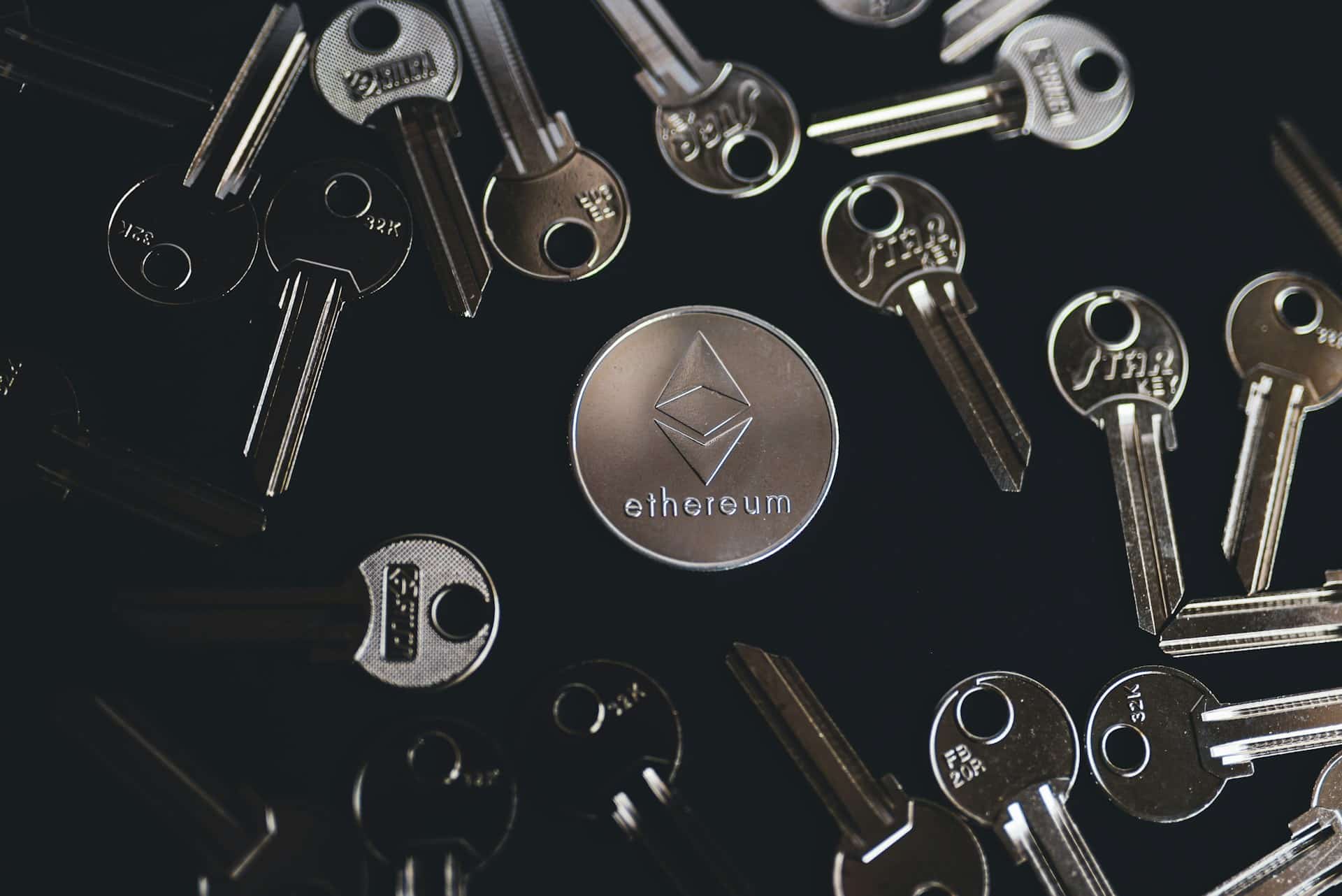Ethereum has been at the forefront of decentralized applications and smart contract development. At the heart of user participation on the network lies a fundamental concept: Externally Owned Accounts (EOAs), which are required to initiate any transaction. These accounts allow Ethereum users to send, receive, and manage their digital assets.
Keep reading to learn what EOAs are and how they work
What Are Externally Owned Accounts in Ethereum?
Externally Owned Accounts (EOAs) are a type of Ethereum account controlled by users rather than code, as is the case with smart contract accounts. EOAs operate independently but can interact with smart contracts on the blockchain. They are also essential for initiating any transactions on the network.
EOAs are controlled by an Elliptic Curve Digital Signature Algorithm (ECDSA) key, a cryptographic method for signing and verifying digital transactions. This process generates a private and corresponding public key, providing transaction security and authentication.
EOAs have various purposes, such as sending and receiving transactions, managing ETH balances, and interacting with smart contracts.
Users interact with their EOAs and the Ethereum blockchain through wallets that allow them to manage the account’s private keys. The underlying technology for EOAs functions similarly across different wallet types.
So when you create a new account in an Ethereum wallet, like MetaMask, you create an EOA.
How Do Ethereum EOA Accounts Work?
EOAs can initiate transactions, send and receive ETH or Ethereum-based tokens (such as ERC-20 or ERC-721 tokens), and interact with smart contracts. These accounts are commonly owned by average Ethereum users and interact with the blockchain through crypto wallets.
Externally Owned Accounts have unique private keys, granting control over transaction signing. When users initiate a transaction or deploy a smart contract, they use their private key to sign the transaction, verifying their identity and authorizing the action.
The private key is then used to generate a corresponding public key that creates the account’s Ethereum address.
Once verified, the transaction is made available on the Ethereum network, where it is validated and included in a block through the consensus mechanism. The transaction is now immutable and part of the blockchain’s permanent and transparent record.
EOAs are represented on the Ethereum Virtual Machine (EVM) with an empty code string because they don’t store smart contract data. Still, they hold balance information and transaction counts, which require storage on the blockchain.
Creating an EOA itself incurs no direct blockchain transaction fee, but initiating transactions from it does attract gas fees. The network only recognizes an EOA’s existence after its first transaction, and all transactions, including this first one, attract gas fees.
EOA vs. Smart Contract Accounts: What’s the Difference?
EOA accounts are user-controlled Ethereum accounts that require manual inputs for each action. On the other hand, smart contract accounts operate autonomously, executing code based on predefined rules within the blockchain.
Here are more differences between EOA and smart contract accounts on Ethereum.
| Criteria | EOAs | Smart contract accounts |
| Control | EOAs are managed by private keys. | Smart contract accounts are based on rules encoded within the blockchain. |
| Creation | EOAs are created through wallet interfaces, which generate a private key and a corresponding seed phrase applicable to both software and hardware wallets. | A smart contract account is initiated when the associated smart contract deploys on-chain, incurring fees. |
| Functionality | EOAs are tools for transferring tokens and interacting with decentralized applications (dApps) on the Ethereum mainnet. | Smart contract accounts incorporate programmable logic and advanced features for Web3 and decentralized finance (DeFi) applications. |
| Gas fees | EOAs need gas fees for mainnet transactions. | Developers can design smart contracts to optimize gas usage, potentially reducing overall gas fees. |
| Security | EOAs rely primarily on user responsibility for security. | Smart contract accounts allow users to combine multiple security layers, including authentication mechanisms and smart contract design best practices. |
| Account Recovery | EOAs don’t support traditional account recovery methods due to the nature of blockchain technology. | Account recovery is only possible in smart contract accounts. |
Benefits and Drawbacks of EOA Accounts
Externally Owned Accounts (EOAs) are the foundation of user activity on the Ethereum blockchain and offer several benefits. However, they also have limitations.
Pros
- Full User Control: EOAs give users complete control over the account and its funds. Only the individual with the corresponding private key can manage the account and execute transactions.
- Versatile Transaction Initiation: EOAs have the flexibility to initiate any transaction on the Ethereum network, enabling users to interact with various decentralized applications (dapps).
Cons
- Private Key Dependency: EOAs rely heavily on the users’ secure private key management. A lost or compromised private key could lead to the manipulation or loss of funds in an account.
- Native Token Dependency on Gas: Requiring users to maintain a balance of native tokens in their EOAs to cover gas fees can bring complexity and additional management tasks.
Final Take
Externally Owned Accounts are used for standard transactions such as sending and receiving digital assets and managing ETH. As the Ethereum network continues to evolve and expand its capabilities, EOAs remain a foundational element that allows users to navigate various decentralized processes within the Ethereum ecosystem.




